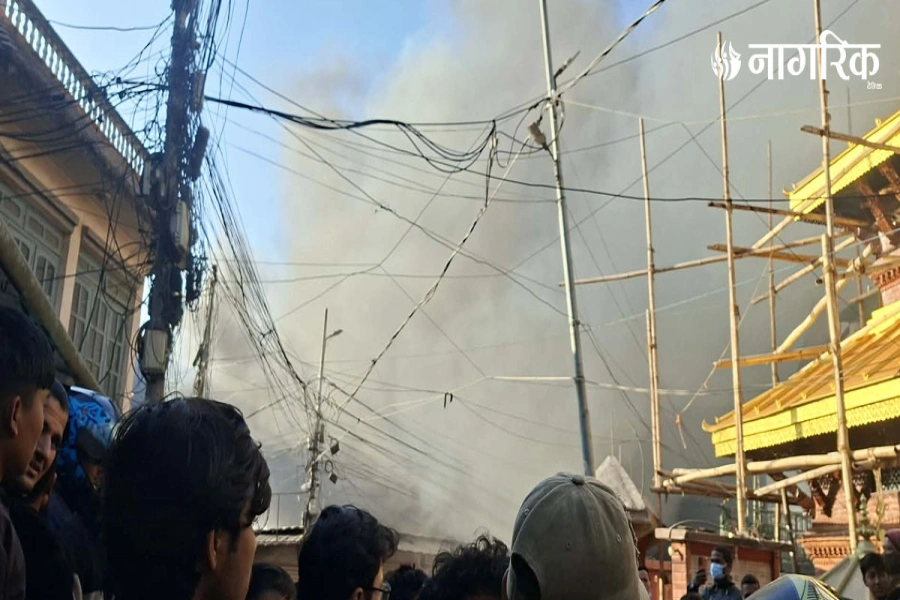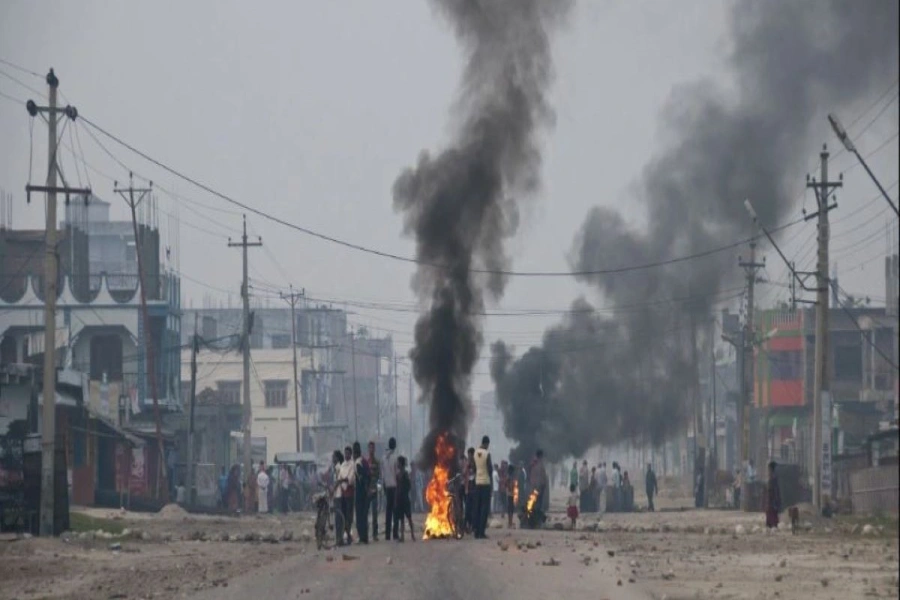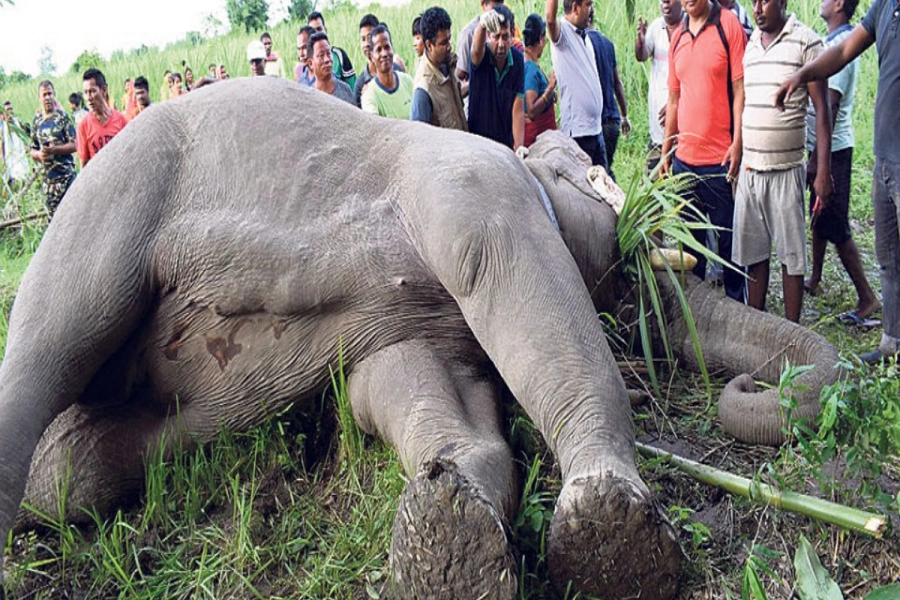KATHMANDU, June 27: Ever since the beginning of new year 2024, Japan has fallen into the clutches of an incredibly rare but lethal bacterial infection, Streptococcal Toxic Shock Syndrome (STSS), popularly known as the ‘flesh eating bacteria’. Japan’s National Institute of Infectious Diseases (NIID) reports that the country has faced more than 1000 cases of STSS within the first six months of 2024. STSS has a mortality rate of up to 30 percent. Already 77 people have lost their lives in Japan between the months of January and March.
Most STSS cases are caused by Group A Streptococcus Bacteria (GAS) that mainly causes mild throat infections and fever in children. Even with proper treatment, STSS can be deadly. It has been observed that out of every 10 people suffering from STSS, three have died from this infection due to this bacteria entering swiftly into one’s blood vessels and damaging various organs in its wake. This rapid progression suggests that STSS can be fatal in less than 48 hours.
What makes STSS so deadly?
Early symptoms of Streptococcus Bacteria include mild fever and chills, muscle aches, extreme nausea and vomiting. However, after 24 hours, the symptoms become more threatening, as the person begins suffering from low blood pressure, irregular heart rate (tachycardia), difficulty in thinking, rapid breathing, organ failure and death of body tissues called ‘necrosis’. This is how the name ‘flesh eating bacteria’ is derived.
Tooth Decay is not a curse

There are several people around the world that carry Streptococcus pyogenes on their skin itself, which is completely harmless. The situation deteriorates once the bacteria enters the bloodstream, generally due to an open untreated wound. People who are at high risk of contracting this deleterious bacteria STSS are older adults ( aged above 65 years), people suffering from diabetes and children. It is advised that people who have recently gone through a surgery must take care of their wound and keep it covered at all times until it is healed completely.
STSS can easily be treated with clindamycin, an antibiotic, at its earlier stage. In order to treat severe complications, medical specialists use blood pressure medications, intravenous hydration and oxygen. For patients suffering from irregular breathing ventilators are used by the doctors.
In some rare cases, the dead tissue is removed surgically from the body.
Can we cure STSS?
Presently, there is no vaccination available in the world for STSS. The best way to steer clear off this infectious disease is to maintain good hygiene, keeping wounds clean and bandaged until they heal completely. Even with the sudden uprise in cases, the transmission of STSS from someone infected is still a rare phenomenon.
Even though Japan is currently facing the wrath of this deadly bacterial infection, in 2022, five European countries reported to the World Health Organization (WHO) a sudden increase in streptococcus infections among children under 10 years of age.
Although the reason behind this year’s rise in infections still remains unclear, experts speculate that the rise could be due to weakened immune systems of those infected with COVID-19, making them vulnerable to this infection. When the COVID-19 pandemic was at its peak in 2020/21, people practiced social distancing which helped minimize contact between them to a great extent. This resulted in less exposure to external environments where bacterias like streptococcus A are present.
With subsequent increase in human contact since 2022, several cases of STSS were reported around the world, with children being at high risk. The WHO suggests countries around the globe implement all the necessary prevention methods and raise awareness among the public about STSS and its harmful effects in order to prevent this deadly infection from spreading.






































